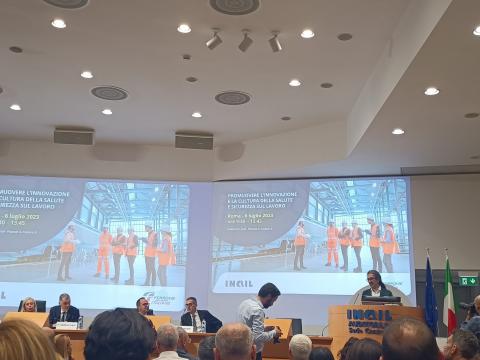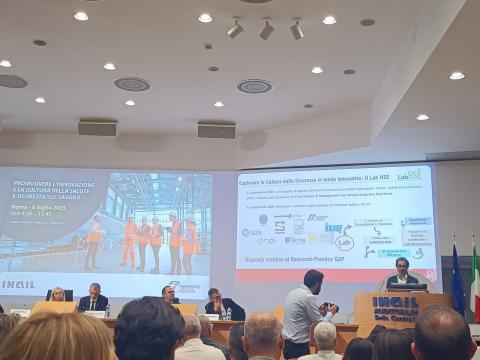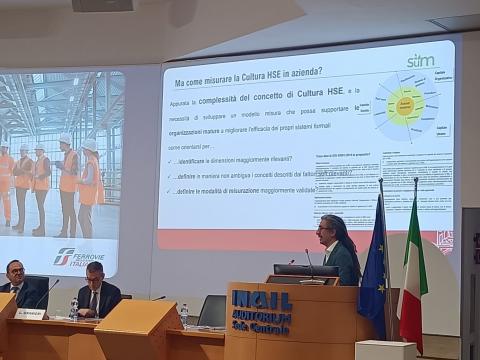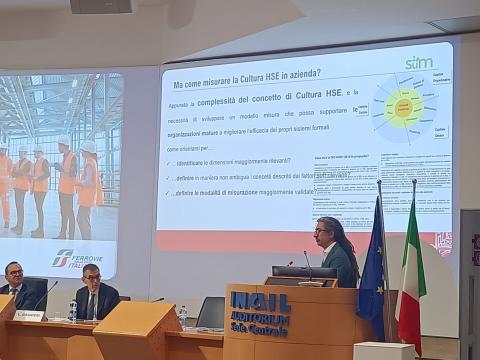Combining theory and practice to put near research and business on health, safety and environmental management issues. The Institute of Management of Sant'Anna School presents the HSE Laboratory project report
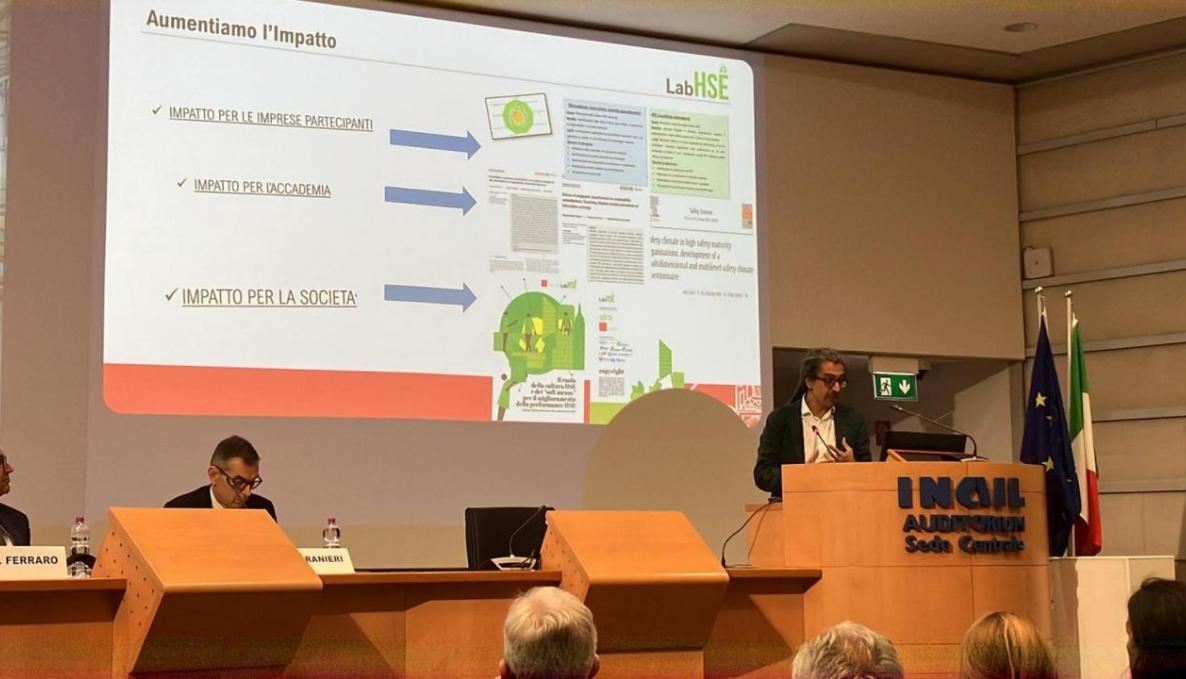
Bridging the gap between research and business on central topics such as health, safety and environment management. This is the aim of the HSE (Health, Safety & Environment) Laboratory project, coordinated by the SuM Laboratoy of the Institute of Management of Sant'Anna School, which was launched in 2017 and has now reached its conclusion.
The project devised and developed innovative approaches and tools to improve the management and organisational capabilities of companies in addressing HSE challenges. It has also created a dialogue between companies and academia to stimulate the exchange of experience, knowledge and good practices.
The project's final report (available in attachment) was presented on Thursday, 6 July in Rome during the conference 'Promoting innovation and the culture of health and safety at work', co-organised by INAIL and Ferrovie dello Stato Italiane as part of a memorandum of understanding between INAIL and the FS Group.
The human factor as a crucial element for a new organisational model
The HSE Laboratory involved numerous Italian companies and industrial companies: A2A, Autostrade per l'Italia, Busitalia-Sita Nord, ENEL, Eni, Ferrovie dello Stato Italiane, Ferservizi, Istituto Poligrafico e Zecca dello Stato, Italferr, Knauf, Mercitalia, Rete Ferroviaria Italiana, SARAS, Saipem, Terna, TIM, Trenitalia, and Vodafone.
A key theme in the HSE Workshop was organisational innovation as a tool for corporate change. One of the most important aspects is the human factor for the management of health, safety and the environment, i.e. the set of cultural and behavioural aspects of the organisational model, which are fundamental in generating a more attentive and aware working environment.
"In the field of occupational safety and environmental management, there are appropriate laws, prevention measures, and protection regulations," explains Francesco Testa. "Nevertheless, the persistence of the safety problem and the growing environmental concerns show that formal, regulatory and prescriptive systems alone are not enough to guarantee a constant and conscious attention to health, safety and environmental aspects in the workplace. A further crucial element in achieving the goal of zero fatalities and reducing the environmental impact of companies is undoubtedly the 'human factor', the adoption of proactive individual behaviour in the interaction between the individual worker and the organisational system".
Towards a positive and mature organisational culture
During the conference in Rome, Prof. Francesco Testa illustrated the experience of the HSE Laboratory project with a speech entitled "Il Laboratorio HSE: modelli di misurazione della cultura della salute e sicurezza sul lavoro".
"Organisational culture is necessary to respond adequately to these challenges. Creating an organisational context that encourages safe and environmentally friendly behaviour, stimulating awareness, competence and constant attention to workplace risks, is the goal of a positive and mature culture,' continued Francesco Testa.
"The scale and complexity of modern sustainability challenges require the joint effort of business and academia to support the transition to a more socially and environmentally responsible economy. The HSE Lab aimed to be an experience of 'knowledge co-creation' between practice and research, i.e. a platform where researchers, managers, practitioners and companies could come together to study a problem of common interest" explains Niccolò Maria Todaro, assistant professor at Sant'Anna School.
The final report
The report illustrated the theoretical frameworks that guided the activities of the HSE Laboratory and the methodological tools developed and implemented in close collaboration with the participating companies. Ample space was dedicated to the topic of Health, Safety and Environment Culture (also known as HSE Culture) and its implications for organisational performance.This study led to the definition of two separate, but complementary and synergic measurement tools: a psychometric scale for surveying the culture perceived by workers; a dashboard of 'key performance indicators' for monitoring the company's objective performance in operational practices such as communication, staff involvement, and training.

